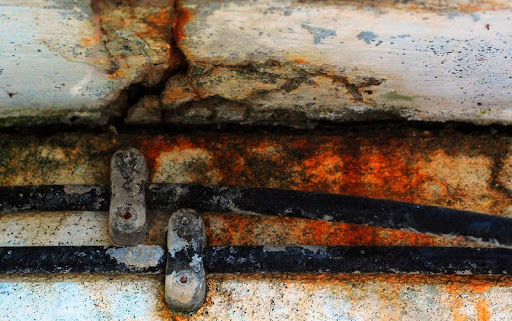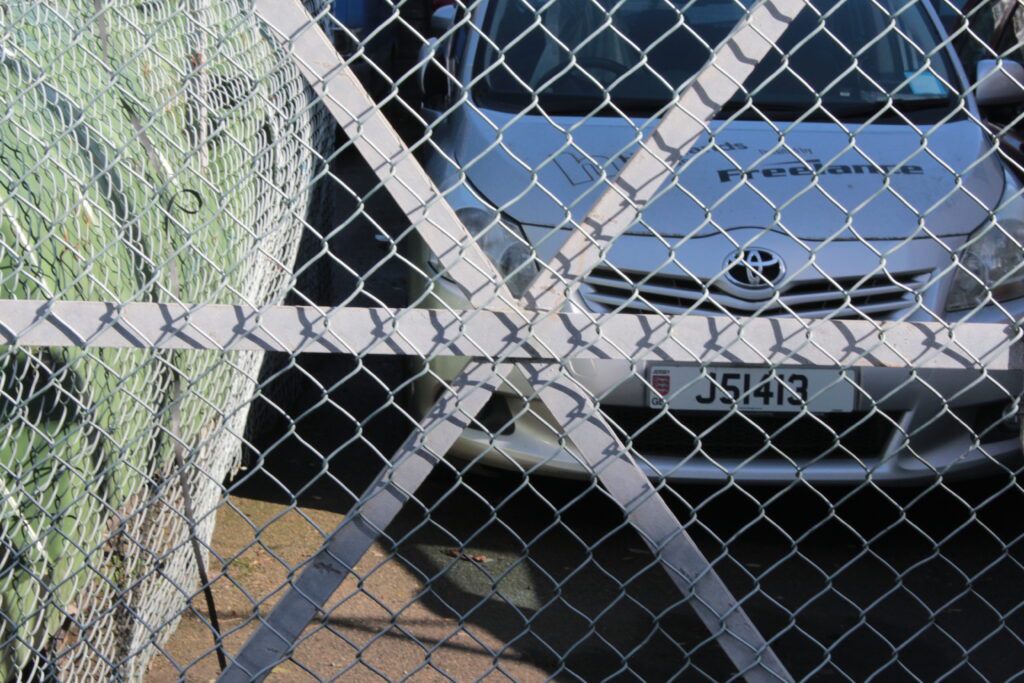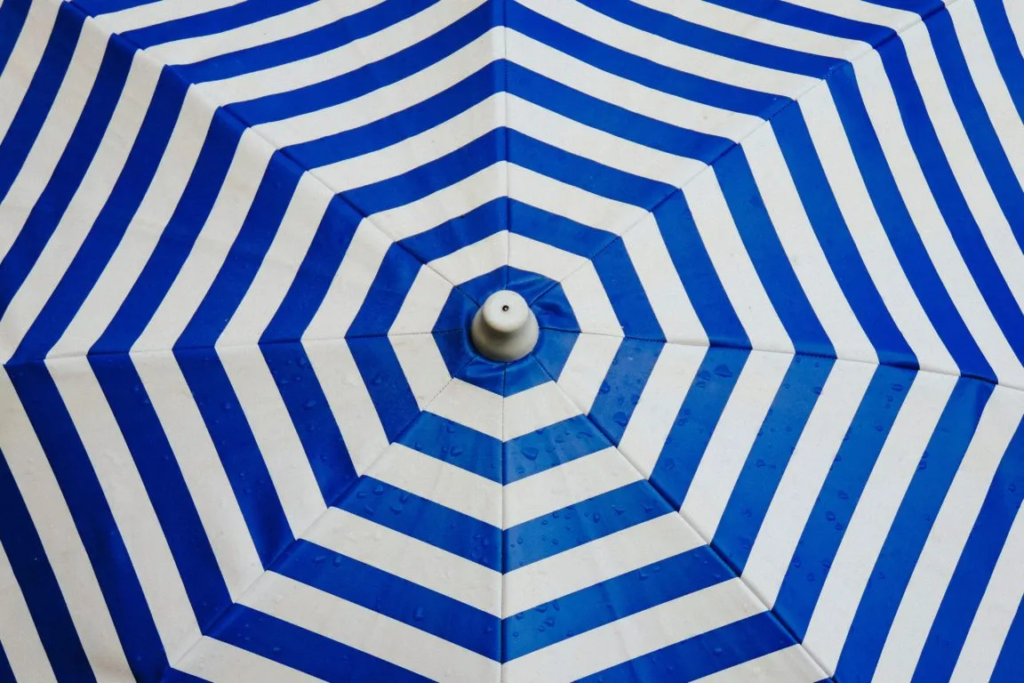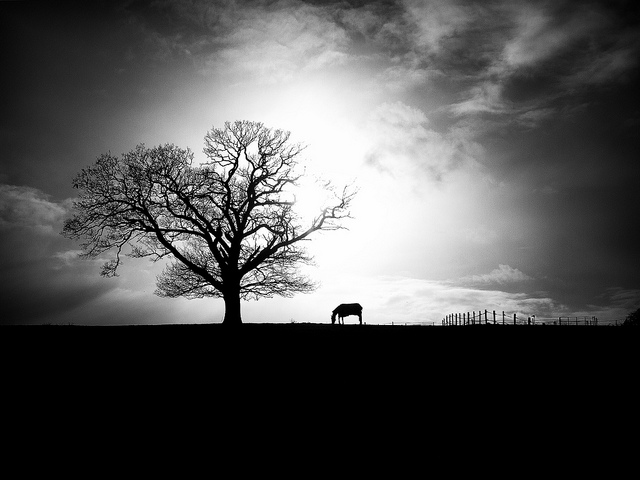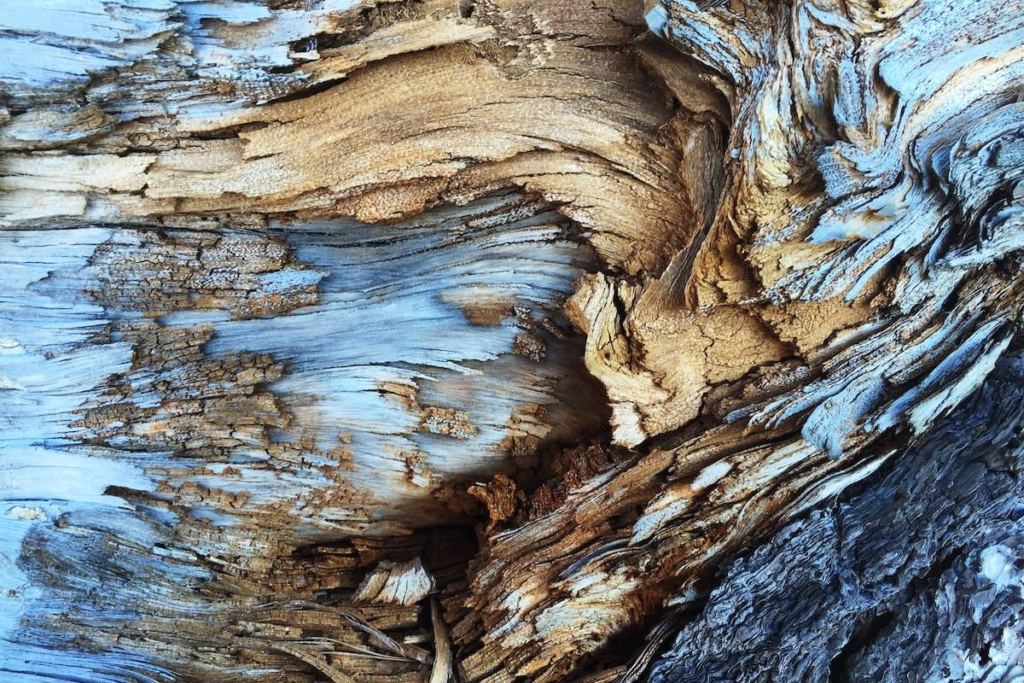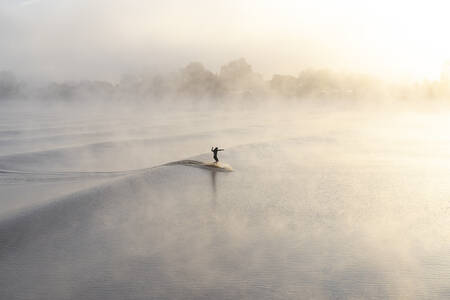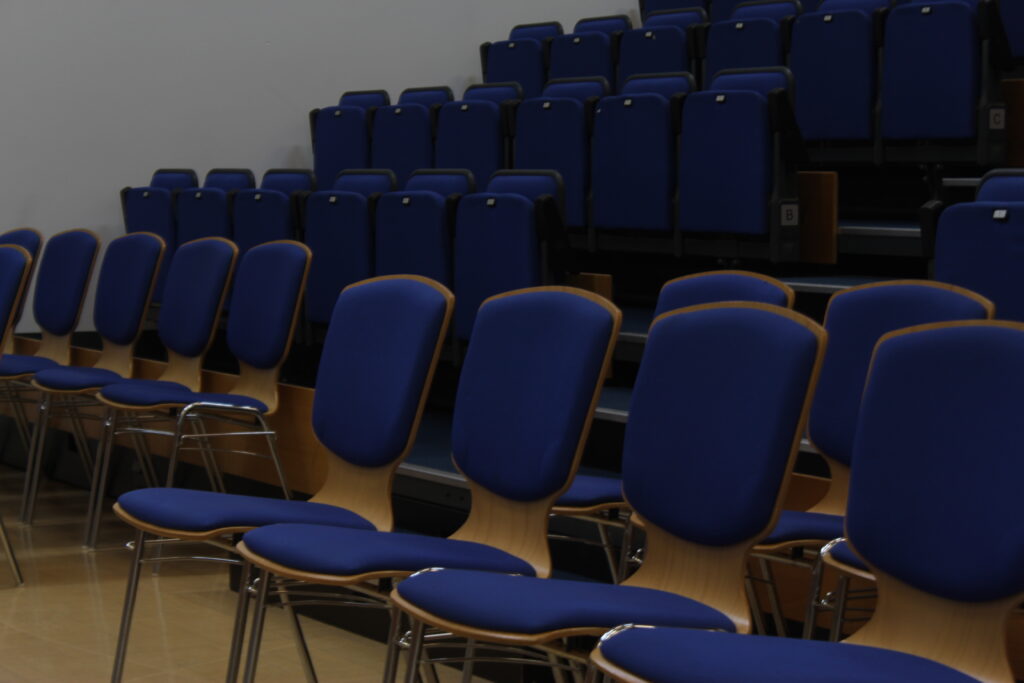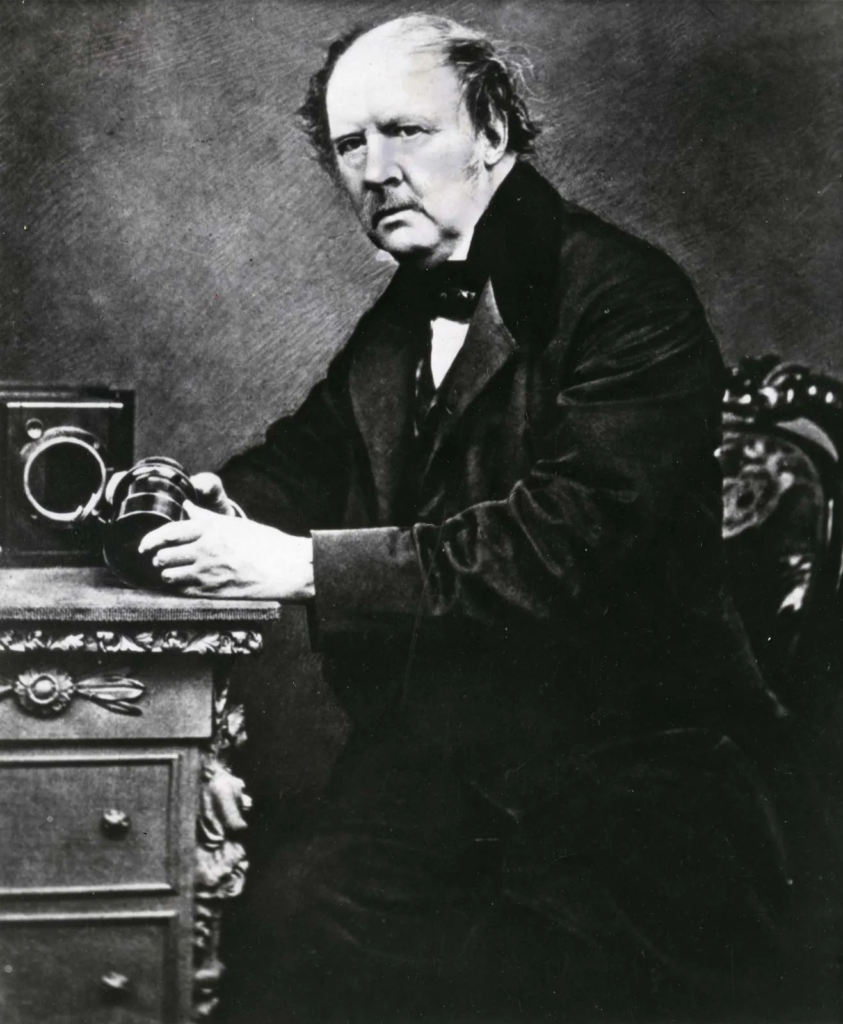Camera Obscura
A camera obscura is an optical device / natural phenomenon which projects rays of light through a small hole and into a dark room, resulting in a reversed and upside down image of the outside landscape or scenery. It’s hard to dictate the origins of this type of photography because it occurs naturally, and has been mentioned in writings since around 400 BC, however its believed that it was used before that to create cave paintings etc.
Nicephore Niepce
Nicephore Niepce was an inventor and photographer, primarily known for producing the first ever photograph. He was inspired the by the art of lithography and the early camera obscura, attempting to capture the images it produced more effectively than a pencil could do. Niepce’s first photograph was called ‘View From the Window at Le Gras’, however before he took that photo, he had made a permanent photographic image using heliography in 1822.
Henry Fox Talbot
Photogenic drawings, meaning drawings produced by light, involves sensitizing writing paper by dipping it in a solution of sodium chloride and coating one side with silver nitrate, which quickly turns dark when exposed to sunlight. As a result of this, an impression of an object was then made by placing it on the sensitized side of the paper and exposing it to the sun, later being stabilised with a salt solution.
Louis Daguerre
Daguerreotype was the first publicly available photographic process, introduced in 1839 and commonly used in the 1840s-50s. “Daguerreotype” also refers to an image created through this process, and a ‘Daguerreotypist’ is somebody who produces Daguerreotype images. However, the Talbot System was more successful as the daguerreotype produced an image with a mirror-like surface which could only be viewed from a narrow angle. Finally, prints of the the photo taken could not be produced.
Anna Atkins
Anna Atkins was a photographer and considered the first person to publish a book with photographic images in 1843, using cyanotype imagery. Cyanotype photography is a camera-less technique that involves laying an object on paper coated with a solution of iron salts before exposing it to UV light and washing with water to create white and Prussian blue images.
Richard Maddox
In 1871, Dr. Richard Maddox invented the Gelatin or Dry Plate photographic process. This involved the coating of glass photographic plates with a light sensitive gelatin emulsion and allowing them to dry prior to use. This invention was so revolutionary because dry plates allowed faster exposure times, making it possible to capture events and objects in motion.
Muybridge’s famous Motion Studies
Muybridge worked closely with Senator Leland Stanford on experiments to record horses in motion. In 1872, he agreed to work for Stanford at his Palo Alto Stock Farm, working to improve photographic shutter speeds and ultimately help determine whether all four feet of a horse are off the ground at any point in mid-gallop, and in 1873 he successfully captured that event in Sacramento, using Leland Stanford’s horse Occident as his subject.
George Eastman
In the 1880s, Eastman developed a convenient method of preparing ready-to-use plates. His improvements led to flexible, roll film as well as photo processing and printing done by mail order. Millions of people worldwide captured memories using cameras and film, manufactured by Eastmans business, Kodak.
Kodak
Eastman Kodak Company (Kodak) is an American technology company founded by George Eastman in 1888. It became well-known for its role in photography by creating easy-to-use cameras and affordable film, which made photography accessible to many people. Throughout the 20th century, Kodak was a major player in the industry with famous products like the Brownie camera. However, as digital photography grew, Kodak couldn’t adapt quickly enough and filed for bankruptcy in 2012.
